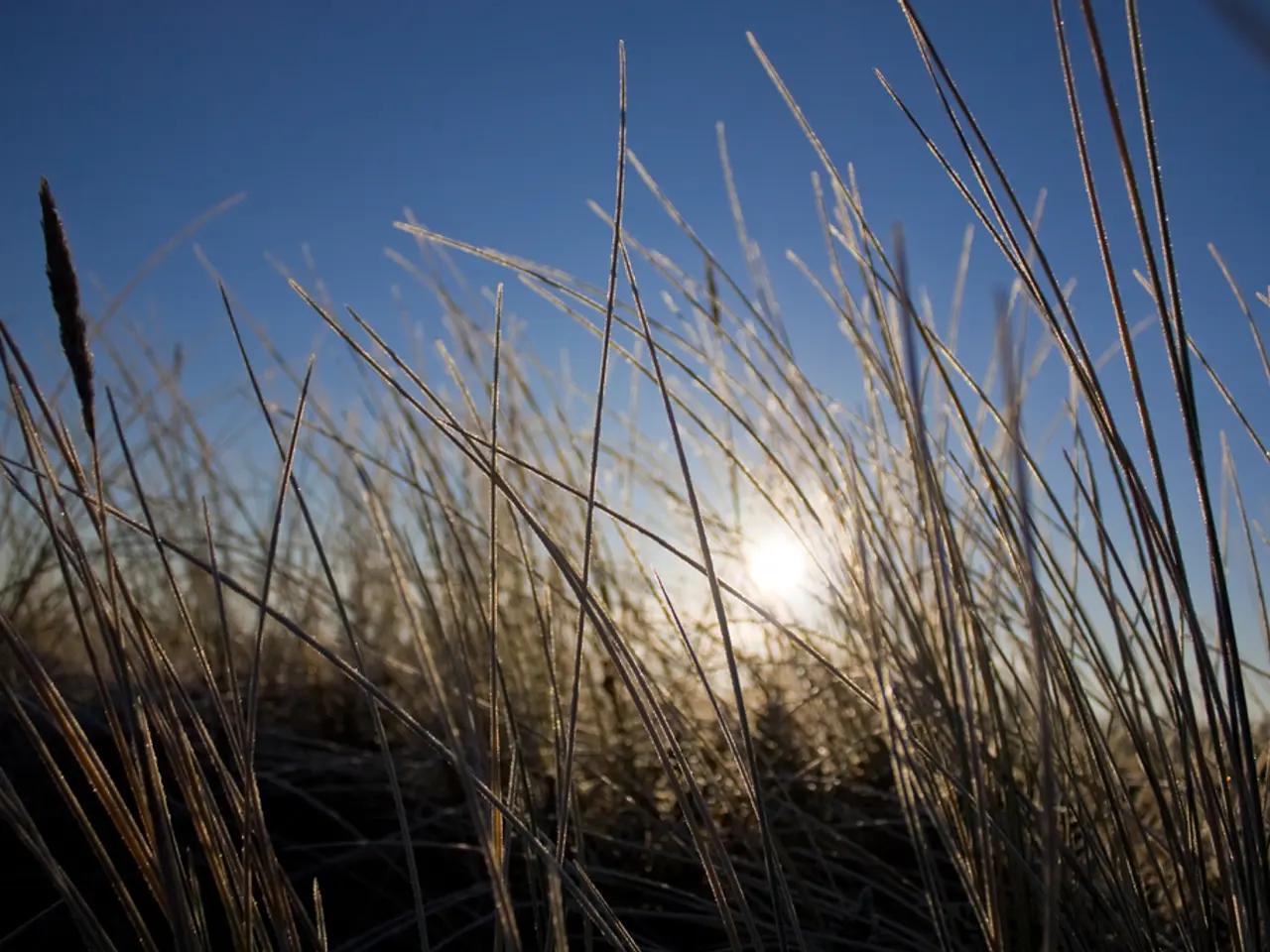Simple Guide to Cultivating Veronica: Enjoy a Vibrant, Low-Maintenance Perennial Blossoming Each Summer
Veronica, also known as speedwells, are tall perennial flowers that bring a burst of colour to gardens from midsummer to October or November. These hardy plants are valued by bees and butterflies for their nectar, making them a good choice for pollinator-friendly gardens.
Katie Sunderlage, a garden expert based in Wisconsin, highly recommends Veronica for their adaptability to various conditions and climates. With a degree in Horticulture and over 15 years of experience in the green industry, Sunderlage has worked in multiple garden centres and an online retail platform at Holland Group. Currently, she is the Operations Manager at Holland Group, managing the customer service department and purchasing.
For the best care tips, plant Veronica in well-drained, fertile soil to prevent issues like root rot, leaf spot, and powdery mildew. Adding grit at planting or mulching in fall improves soil structure. Moist but well-drained soil is ideal for species like Veronica chamaedrys.
Veronica thrives in full sun, with at least six hours of sunlight daily, which promotes abundant flowering and sturdy stems. In warmer zones, some afternoon shade is acceptable if morning sun is ample. Partial to dappled shade works for some Veronica spicata varieties but may reduce flower load and cause floppiness.
Provide deep, thorough watering at planting until established, and after that, Veronica tolerates some drought but benefits from occasional watering during peak bloom to prolong flowers. In spring, keep soil evenly moist for best growth; in summer, allow soil to dry somewhat depending on species.
Apply a slow-release balanced fertilizer in early spring to support emergence from dormancy. Using a bloom booster fertilizer in late summer (August-September) encourages more flowers.
Deadhead spent flowers regularly to stimulate secondary blooms during summer. Leave brown stems through winter for visual interest and wildlife support, then cut plants back to the base in late winter or early spring (February or March).
For plug plants like Veronica chamaedrys, plant when soil is moist and not frozen, spacing approximately 5 plants per square meter. Prepare the planting area by mowing or clearing competing grass, and water well after planting.
Veronica perennials are hardy in USDA Zones 3 to 9, making them adaptable to a range of climates with appropriate site and care adjustments. Avoid planting in poorly drained areas to reduce fungal diseases. Good air flow is important to prevent fungal problems, especially in shaded spots.
Veronica is not known to be toxic to humans or pets and is generally deer and rabbit resistant. Live 'Pink Potion' veronica plants can be ordered now via Walmart. Veronica can also be grown in pots, with smaller containers better suited to shorter varieties like Veronica spicata 'Ulster Blue Dwarf'.
To ensure the overall health of the plant, divide Veronica every three years in the fall when temperatures are cooler. The 'Skyward' series comes in lilac, blue, pink, and light pink colours and is resistant to deer and powdery mildew, with a high bloom count.
By following these care tips, gardeners can enjoy the beauty of Veronica perennials across various conditions and climates.
By incorporating Veronica into both home-and-garden and lifestyle, gardeners can take advantage of Veronica's adaptability to various conditions and climates for an enriching home-and-gardening experience. With its burst of colour from midsummer to October or November, this perennial not only enhances the garden setting, but also serves as a valuable food source for bees and butterflies, contributing to pollinator-friendly home-and-garden.




